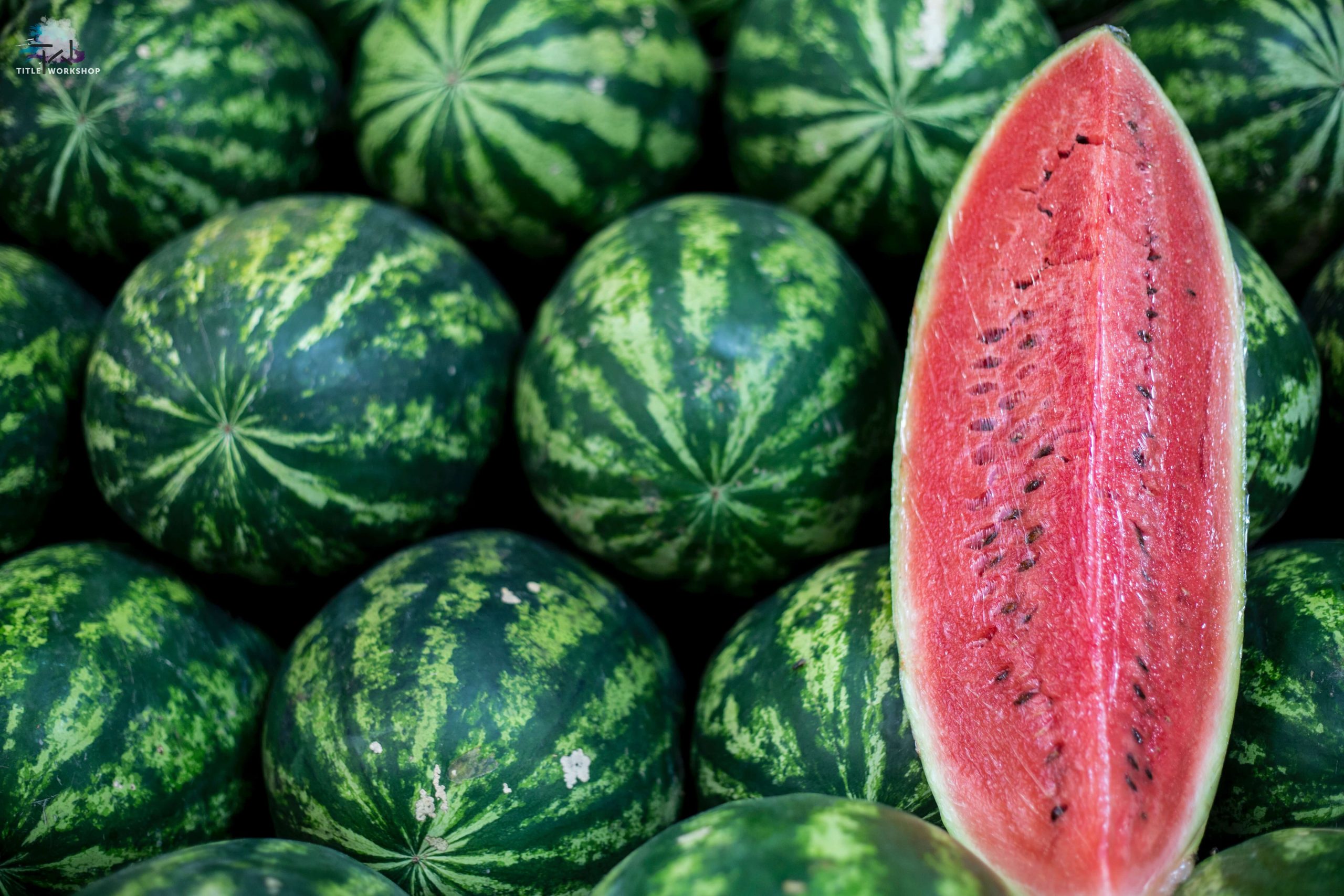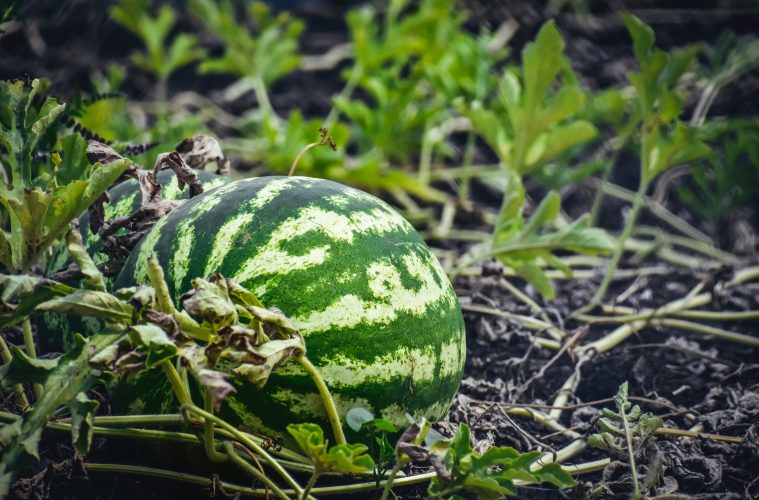As the warmth of summer approaches, what better way to embrace the season than by cultivating your own succulent watermelons? These juicy, refreshing fruits are not only a staple at picnics and barbecues but also a delight to grow in your home garden.
Explore this guide on how to plant and grow watermelon
Choosing the right variety
Selecting the right watermelon variety is crucial to a successful harvest. Consider factors such as space, climate, and personal preferences. Common varieties include ‘Sugar Baby,’ perfect for smaller spaces, and ‘Crimson Sweet,’ known for its large, sweet fruits. Ensure your chosen variety is well-suited to your region’s growing conditions.
Preparing the soil
Watermelons thrive in well-draining, nutrient-rich soil. Begin by tilling the soil to a depth of at least 8-12 inches and incorporate organic matter, such as compost or well-rotted manure. Aim for a slightly acidic to neutral pH level, ideally between 6.0 and 7.0. This creates an optimal environment for watermelon plants to establish strong roots and absorb essential nutrients.
Planting watermelon seeds
Watermelons are best grown from seeds, either directly sown in the garden or started indoors in peat pots. Plant seeds 1 inch deep and space them about 2 feet apart in rows that are 5 to 6 feet apart. Ensure the soil temperature is consistently above 21°C for successful germination. Once seedlings are established and have a few true leaves, thin them to the strongest plants, leaving 2-3 feet between each.

Unsplash
Providing adequate support
Watermelon vines can sprawl, taking up considerable space. To maximise yield and save space, consider using trellises or vertical supports. This not only keeps the vines organised but also prevents the fruit from resting directly on the ground, reducing the risk of rot and pests.
Watering and fertilising
Watermelons require consistent moisture, especially during their active growing period. Provide deep, regular watering, aiming for at least 1 to 2 inches per week. Mulching around the plants helps retain soil moisture and suppress weeds. As the vines start to set fruit, reduce water slightly to intensify the sweetness of the watermelons.
Fertilise watermelon plants with a balanced, water-soluble fertilizer every 2-3 weeks during the growing season. Once the fruits begin to form, switch to a low-nitrogen fertiliser to encourage fruit development and sweetness.
Harvesting
Patience is key when it comes to harvesting watermelons. Keep an eye on the fruit’s size and the tendril closest to the stem; it will dry up when the watermelon is ripe. Gently knock on the watermelon’s surface – a dull thud indicates ripeness. Cut the fruit from the vine using sharp, clean shears, leaving a few inches of stem attached.
ALSO SEE:
Feature image: Pexels

